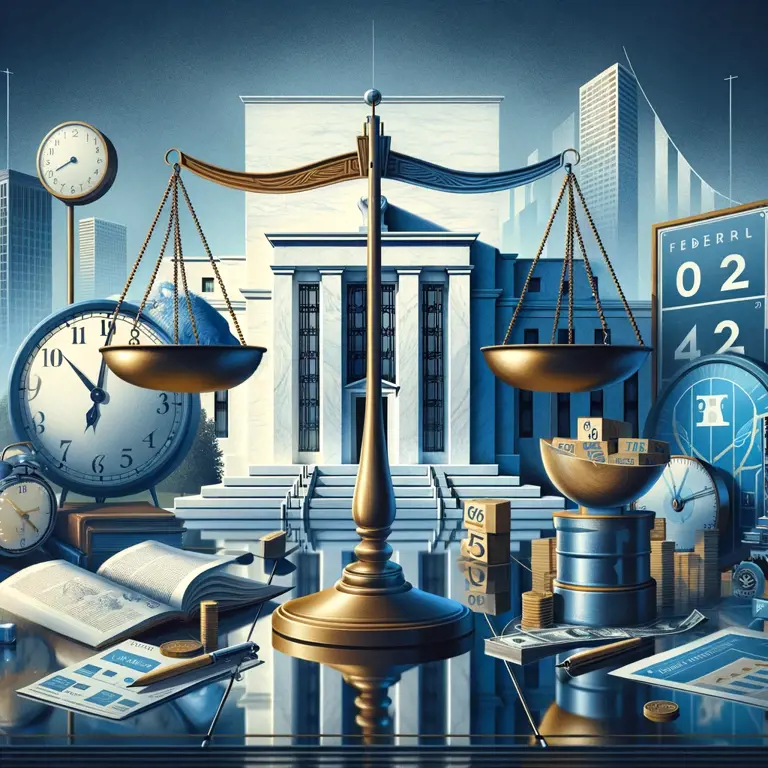The recent economic data in the United States has effectively dashed any hopes of the Federal Reserve implementing interest rate cuts in the near future. With inflation on the rise and unemployment claims showing unexpected improvement, it appears that the Fed will likely maintain its current stance, keeping interest rates at their two-decade high. Despite certain sectors of the economy experiencing sluggishness, notably consumer spending, the overarching narrative conveyed by the latest statistics portrays a remarkably robust economy that is not conducive to discussions of rate cuts. This trend is expected to persist for the foreseeable future.
Economic Indicators Playing Hard to Get
Let’s delve deeper into the current economic landscape. In February, producer prices surpassed economists’ expectations, indicating heightened inflationary pressures, while the number of individuals filing for unemployment benefits decreased, suggesting a reduction in layoffs. Additionally, recent data had shown a notable uptick in consumer prices, indicating increased costs for everyday goods and services. These developments provide compelling reasons for the Federal Reserve to maintain its current monetary policy stance.
The Fed has been transparent about its approach, emphasizing that it will refrain from lowering borrowing costs until it is confident that inflationary pressures have subsided and that employment levels have stabilized. However, based on current indicators, the Fed remains far from reaching this level of assurance.
While there may have been a slight slowdown in consumer spending, it represents just one facet of the overall economic picture. The Fed’s primary focus when determining interest rate adjustments lies in closely monitoring inflation and employment metrics. At present, these indicators signal the need for the Fed to maintain its current policy trajectory, keeping interest rates unchanged and deferring any considerations of rate cuts for the foreseeable future.
A Closer Look at the Crystal Ball
Now, let me sprinkle a little context on this. Inflation, that sneaky thief that slowly empties your wallet without you noticing, had started to chill out over the past year, thanks in part to cheaper goods and power. But like any good plot twist, recent reports suggest this calm might be the quiet before a massive storm. Prices for things we buy regularly have started to increase again.
And it’s not just about paying more for last year’s fashion or second-hand cars; energy costs have also jumped back into the ring, pushing overall price increases above what analysts had guessed. This is the kind of stuff that keeps Federal Reserve officials up at night, wondering if they need to keep interest rates high to prevent prices from spiraling out of control.
Meanwhile, when it comes to jobs and unemployment, it turns out fewer people have been signing up for unemployment benefits than we thought. This is good news because it means the job market is strong, but it’s also another reason for the Fed to keep a tight grip on interest rates.
Economists are now pushing back their forecasts for when the Fed might start cutting rates. Some say not until mid-summer, others think even later. The takeaway here? Don’t hold your breath for cheaper loans or mortgages anytime soon, guys.
